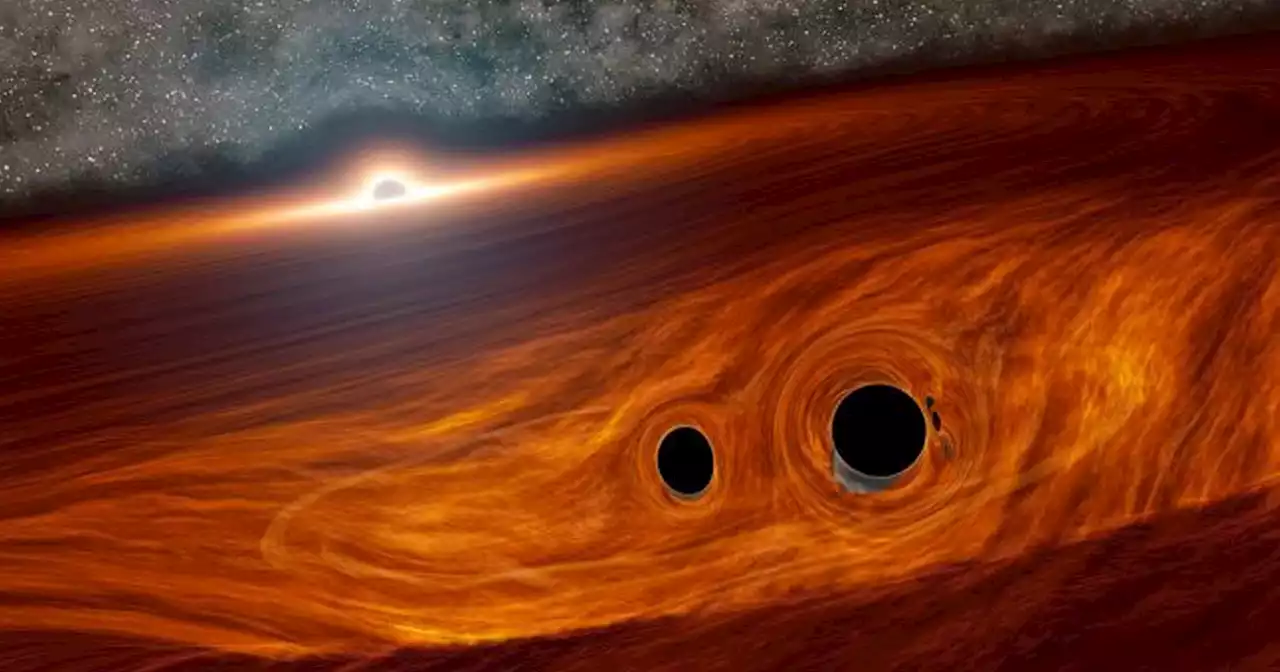'This detection is extremely exciting,' said a NASA astrophysicist.
"This detection is extremely exciting," said a NASA astrophysicist.Astronomers tracked down what they think might be an extremely rare explosion in space: a powerful flash of light that they think came from a pair of merging black holes, almost like a gigantic cosmic emergency flare.
In May 2019, NASA astronomers picked up on the telltale gravitational waves given off by a black hole merger,. 34 days later, an observatory noticed the explosion coming from the exact same region of the sky. If the two are actually related — the astronomers aren't yet positive — it would mean NASA has unusual new data that could help explain the mysteries of black holes.
United States Latest News, United States Headlines
Similar News:You can also read news stories similar to this one that we have collected from other news sources.
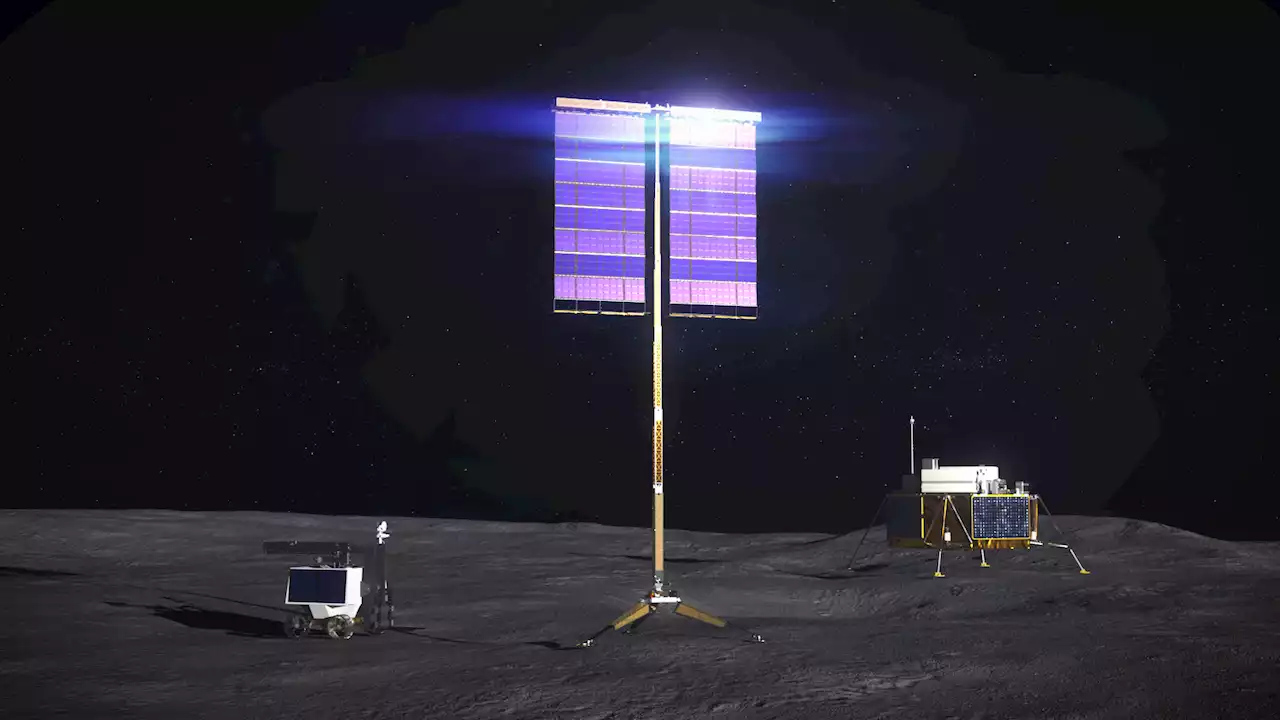 NASA Sees Progress On Artemis Accords For Outer Space ExplorationNASA took its Artemis Accords to Saudi Arabia last week and secured a promise to collaborate on missions to the Moon, and beyond.
NASA Sees Progress On Artemis Accords For Outer Space ExplorationNASA took its Artemis Accords to Saudi Arabia last week and secured a promise to collaborate on missions to the Moon, and beyond.
Read more »
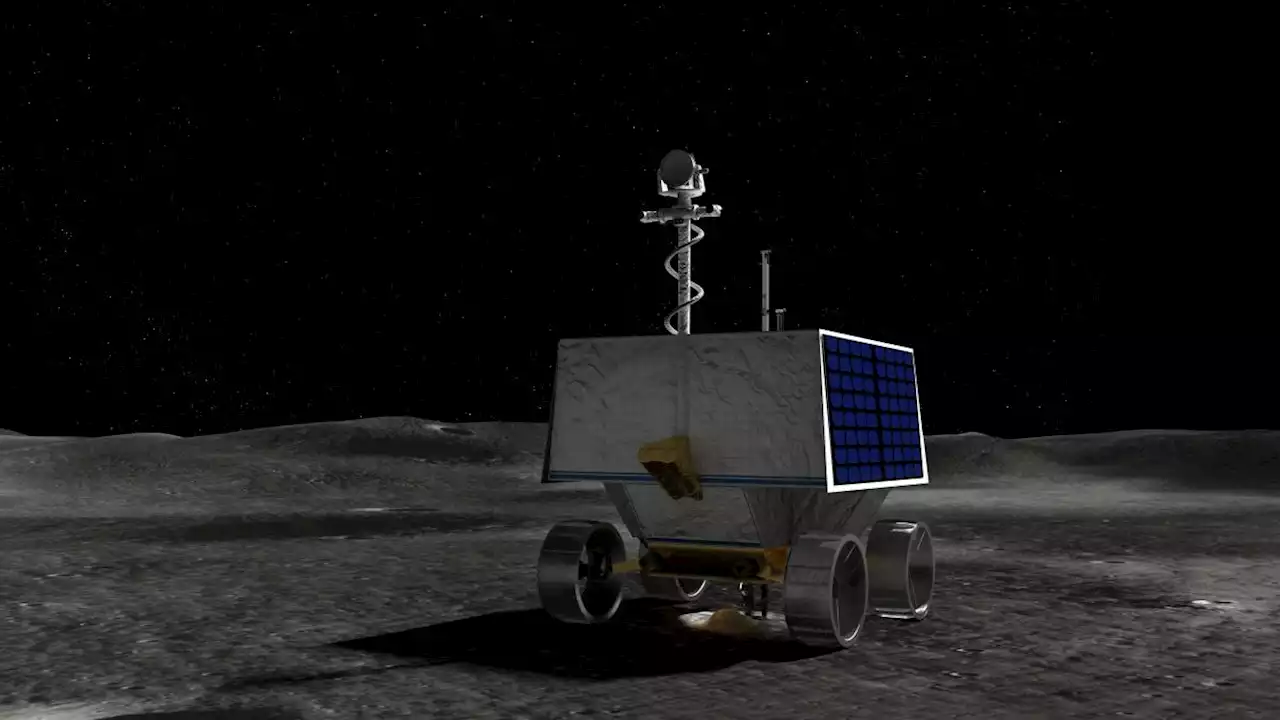 NASA delays ice-hunting VIPER moon rover launch to 2024, a one-year slipThe one-year delay to November 2024 is needed for more und testing of commercial moon lander that will carry it.
NASA delays ice-hunting VIPER moon rover launch to 2024, a one-year slipThe one-year delay to November 2024 is needed for more und testing of commercial moon lander that will carry it.
Read more »
 NASA Intrigued by Noodle-Like Object Found on MarsNASA's Perseverance Mars rover discovered something strange as it traversed Mars on Tuesday — a string-like material that looked like noodles.
NASA Intrigued by Noodle-Like Object Found on MarsNASA's Perseverance Mars rover discovered something strange as it traversed Mars on Tuesday — a string-like material that looked like noodles.
Read more »
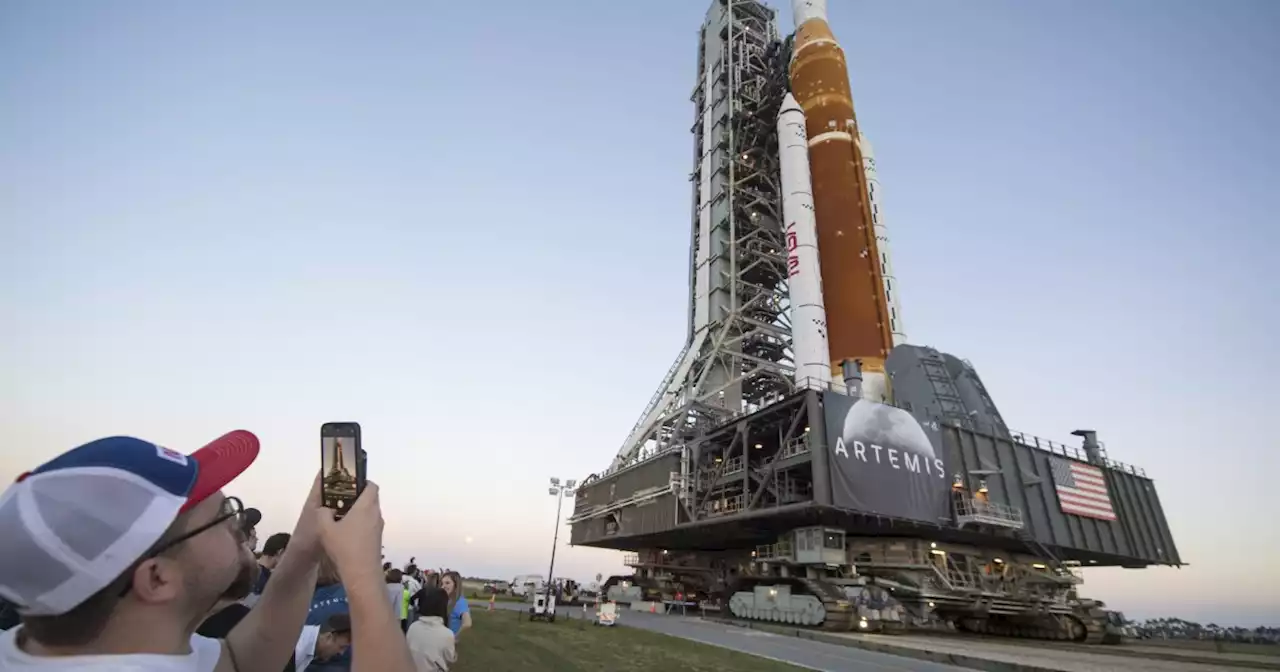 NASA aims for late August test flight of giant moon rocketNASA is shooting for a late August launch of its giant, new moon rocket for a lunar test flight that will last more than a month.
NASA aims for late August test flight of giant moon rocketNASA is shooting for a late August launch of its giant, new moon rocket for a lunar test flight that will last more than a month.
Read more »
 NASA picks SpaceX's Falcon Heavy rocket to launch Roman Space TelescopeThe reusable heavy-lift rocket will launch the new space telescope in 2026, NASA says.
NASA picks SpaceX's Falcon Heavy rocket to launch Roman Space TelescopeThe reusable heavy-lift rocket will launch the new space telescope in 2026, NASA says.
Read more »
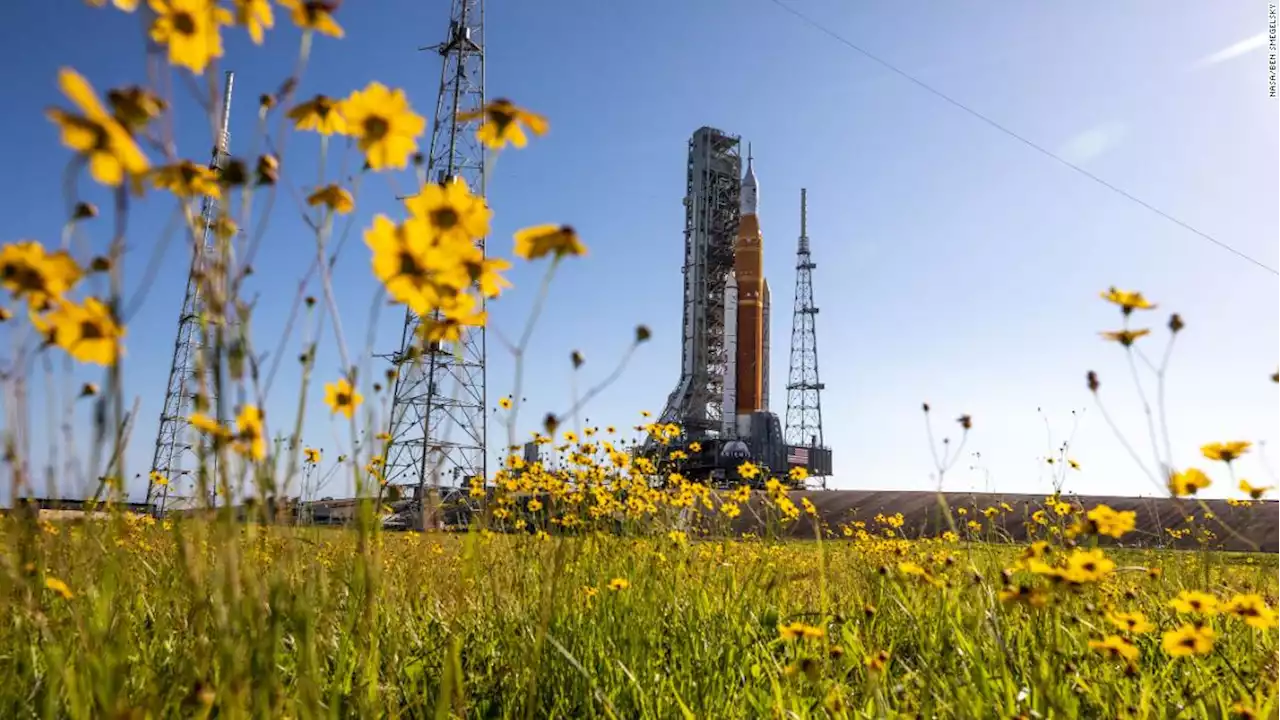 NASA shares latest update on upcoming mega moon rocket launchThe Artemis I mega rocket may be launching on its trip to the moon on August 29, September 2 or September 5, according to NASA officials.
NASA shares latest update on upcoming mega moon rocket launchThe Artemis I mega rocket may be launching on its trip to the moon on August 29, September 2 or September 5, according to NASA officials.
Read more »
